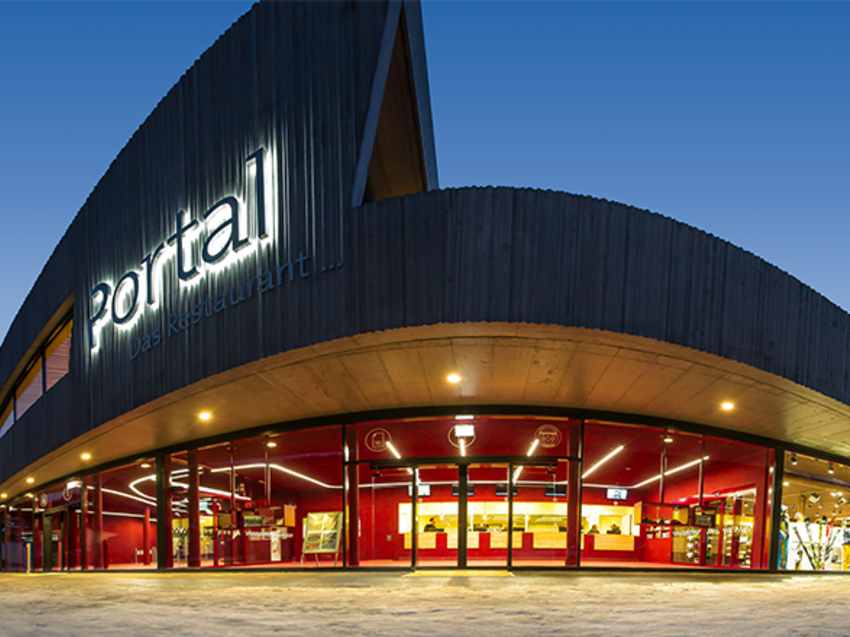The digitization of the construction industry is in full swing – and architecture and civil engineering are changing with it. Computer-based planning and production processes are increasingly determining the work in the planning office. New potential is being opened up with Industry 4.0: Bridges made with a 3D printer, building scans using drones and Internet-of-Things solutions for construction – exciting perspectives that pose new challenges to all those involved in construction. It is all the more important that you are ready for this at your workplace in the planning office. Read this article to find out what you need to know.
Completely networked: Interdisciplinary planning and building
Building Information Modeling is a driver of digitized architecture. Planning, designing, constructing and managing buildings and infrastructure systems is becoming much more efficient with BIM. But the digitization of architecture encompasses even more: Industry 4.0 and the span from robotics to system assembly is opening up new perspectives for the entire value added chain. Thanks to digital production, tailor-made construction elements can be mass produced, namely for the entire building process, from the draft, to construction site logistics and building operation, to recycling. This has more than just tremendous economic potential. There is also planning reliability – with large project developments as well as with smaller construction projects.
From an innovative elective to an obligation
The digitization of architecture not only saves time and money, but it also makes a great deal possible. Building bridges using a 3D printer, scanning existing buildings for maintenance and documentation services by using drones, virtual reality goggles with 3D visualization. For customers and Internet-of-Things technology, as well as smart hard hats: this can soon be everyday life in digital architecture production. For the elective will become obligation. The Federal Ministry for Traffic and Digital Infrastructure has developed a step-by-step plan to greatly advance digital planning and building. BIM is already the standard for public tenders in France, Holland and England. That is why Germany is now to follow suit. By 2020, fully digitized construction realization will be mandatory for public infrastructure tenders.
New qualification requirements in the workplace
However, more than just "BIM competence" will decide on who lands an order in the future. The recruitment of suitable specialists is tremendously important in order to be successful on the market. Digitization can only be successfully implemented with correspondingly qualified employees. In addition to Industry 4.0, vocational training 4.0 is therefore also a topic that no company can avoid. The latest findings from a research project of the Federal Institute for Vocational Education and Training (BIBB) show: The digitization of the working world is accompanied by an ever-faster changing of professions and activities. The increasing demand for more technology-based services will reorganize entire industries. This structural change has consequences for the qualification requirements in the workplace. Due to the digitization, less work will be required at the specialist level in the future, but there will be more highly complex activities, such as in the IT area or in maintaining and controlling processes.
Better prepared
As a planning office, you are well advised to actively tackle the topic of digitization in architecture and make the necessary changes to convert your company to computer-aided architecture production and BIM software as smoothly as possible. ALLPLAN has published a white paper on the matter, which shows the important aspects.




